The real reward of a journey is not the destination but the experience in itself. We were still 290 KM from Leh and were in no hurry to reach anywhere. The river Suru was roaring ferociously from the recent rains as we crossed it over a rickety iron bridge. Instead of taking to the road to Batalik, we took a turn instead and started ascending again towards our stopover of today – Apati.
Located 16 KM away from the Kargil town, and at a much higher altitude, Apati is a small village soaked in the traditions of Kargil. The village was in possession Pakistan till 1971 when it was wrestled off by India and has since remained with us. The area saw action again in the Kargil war and the Apati War Memorial is tribute to the bravery of 153 Medium (Artillery) Regiment which covers the frontiers.
With some guidance from our friends in uniform, we crossed the War Memorial and were able to locate the perfect location for camping. Just off a small bridge, it was an oasis in the cold desert, a waterhole fed by a perennial spring under a canopy of trees. Beautiful grassland spread for acres below our location and the spring even made a small waterfall at a distance, perfect place to enjoy nature’s Jacuzzi. We stayed at this place for 2 nights while we explored the areas nearby.
The rain had abated for sometimes and our hosts offered us a chance to visit the Hidden Buddha of Apati, which we readily accepted. We went to the Apati village, a beautiful dwelling of about 200 souls, and from there hiked upwards towards the Buddha, aided by the village kids who were only too happy to help. Climbing a flight of stairs at 11000 feet above sea level was not something which can be accomplished by everyone, but we did it anyway, not once but twice.
The Buddha relief at Apati is a large sculpture of Maitreya (Future Buddha) carved into the mountain side. The Future Buddha is called so because it is believed to be the incarnation of Bodhisatva who will arrive on Earth in future, will achieve total enlightenment and will teach pure Dharma. Carved in the Gandhara style, this Buddha dates back to 800 AD and after the destruction of Bamian Statues, this is one of the only 3 remaining, the fourth one still believed to be hidden…

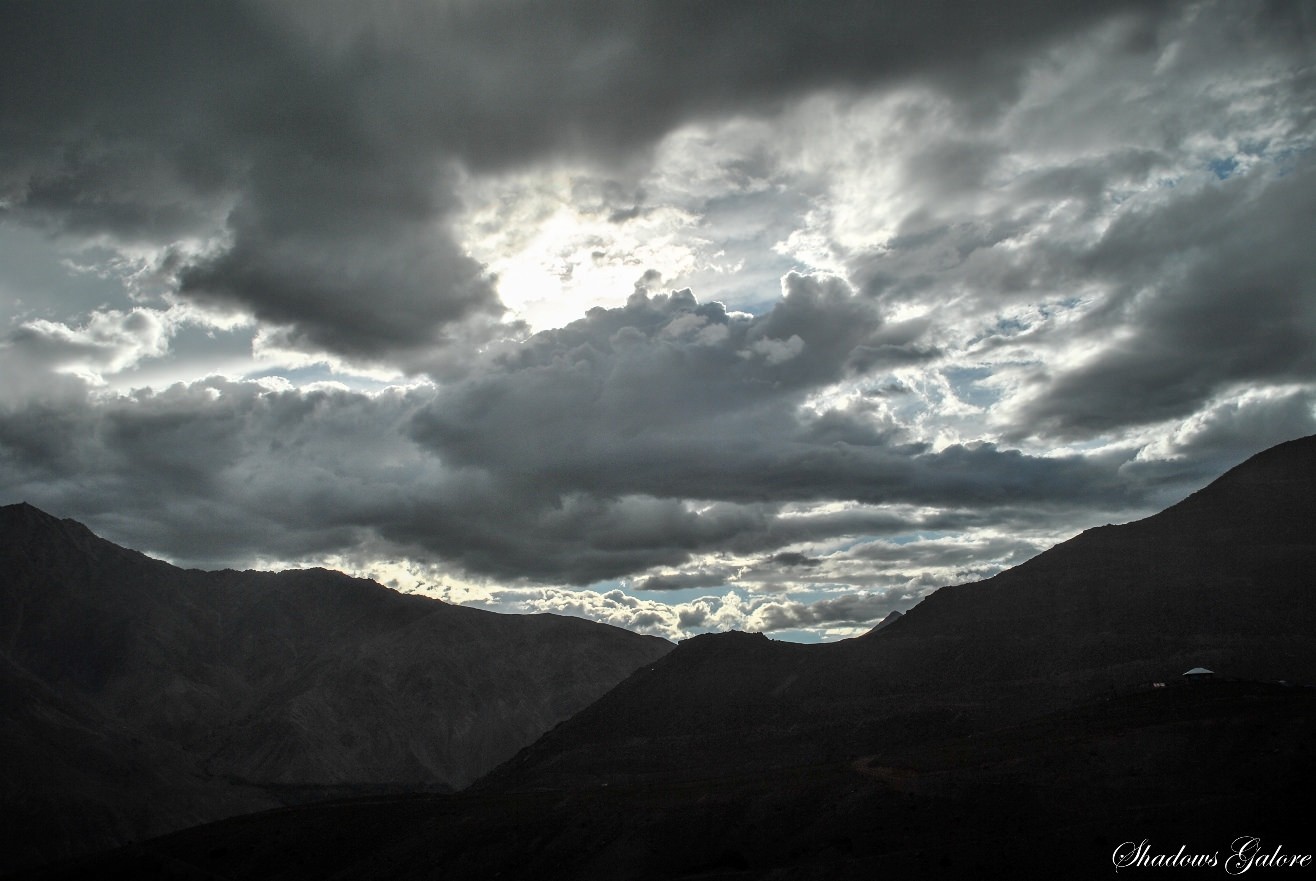
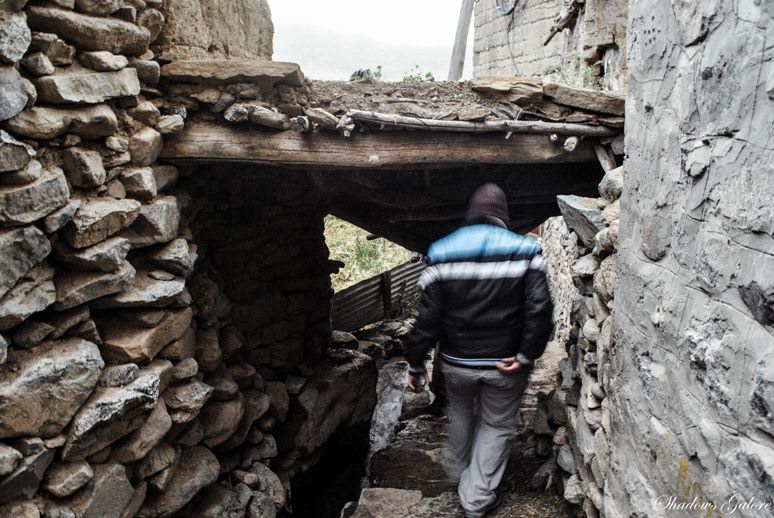
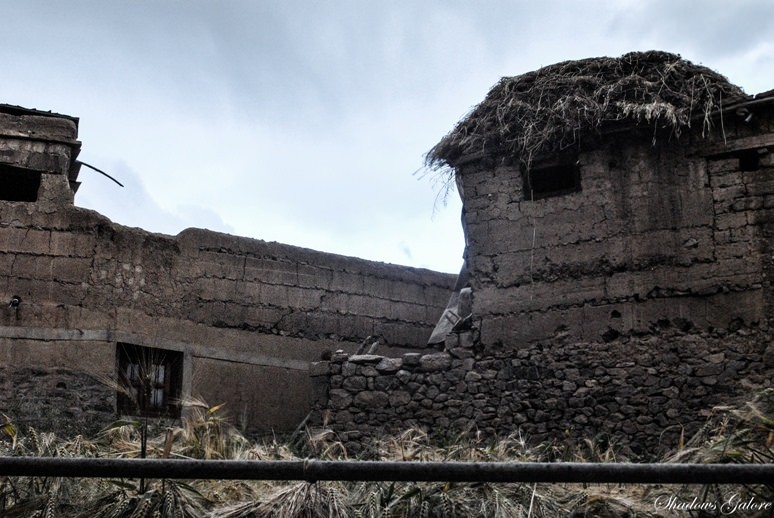
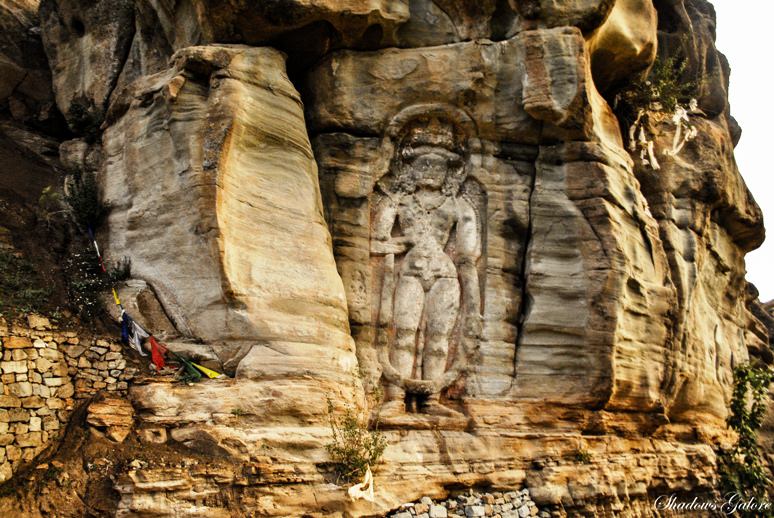
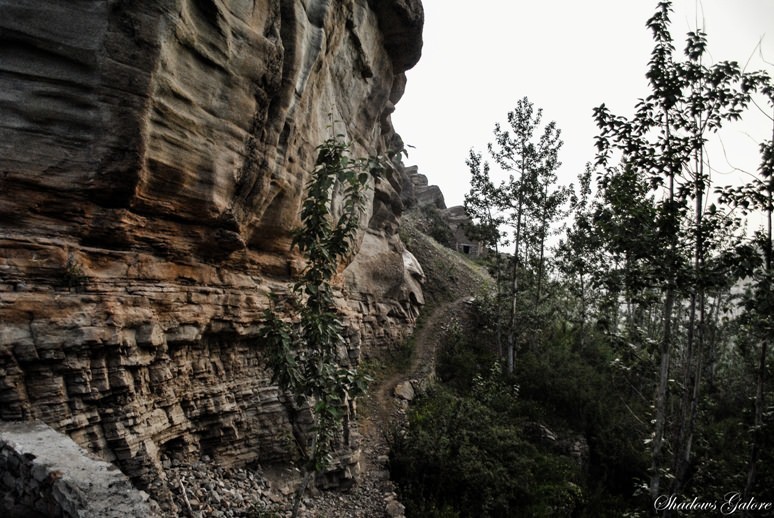
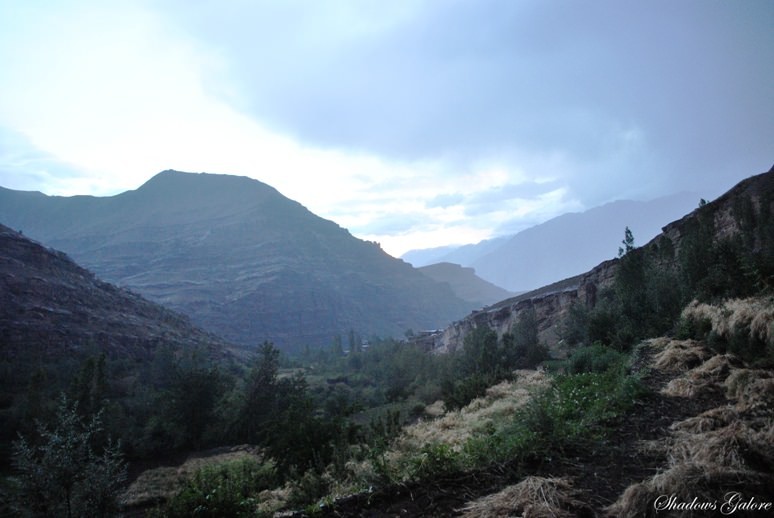
Fascinating piece of history and beautiful place… thanks for sharing this!
Thanks Chaitali.. it was indeed amazing!